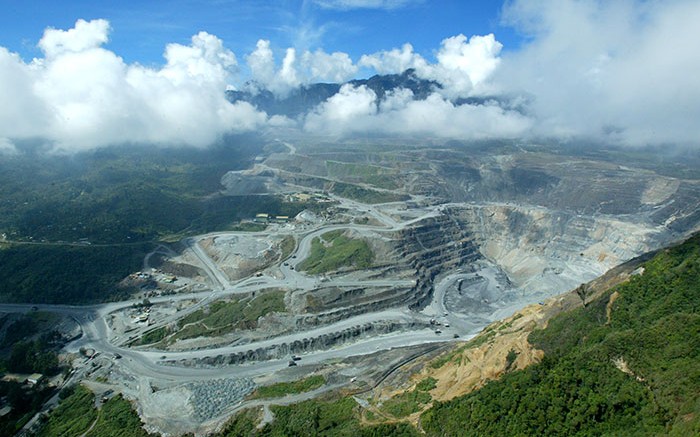VANCOUVER — Earlier this year Barrick Gold (TSX: ABX; NYSE: ABX) outlined a “back to the future” strategy that would see it become a “leaner and more agile” operator, focused on a core portfolio of assets and development upside at a promising collection of greenfield sites.
The company has committed to become more geographically focused in terms of its asset base and seems on track to streamline its balance sheet and bring value back to shareholders. Barrick aims to reduce its debt by US$3 billion this year.
So far the company has raised US$848 million by selling its Cowal gold mine Australia and a 47.5% interest in the Porgera mine in Papua New Guinea.
Barrick appears to be on strong financial footing, with US$2.3 billion in cash and US$4 billion in undrawn credit facilities. Most of the company’s debt is long-dated, with US$900 million due through the end of 2017. In mid-June BMO Capital Markets analyst Andrew Kaip initiated coverage on Barrick, with an “outperform” stock rating and a US$16-per-share price target.
The company’s stock has jumped nearly 10% year-to-date en route to a $13.77-per-share close at press time. BMO Markets notes that recent reports indicate Barrick is in advanced bidding for a 50% stake in its Zaldivar copper mine in Chile, which Kaip says could fetch up to US$1 billion. The sale would help Barrick hit two-thirds of its debt-reduction target.
Barrick has 15 mines in nine countries, with its annual production forecast pegged at between 6.2 million and 6.6 million oz. gold at all-in sustaining costs ranging from US$860 to US$895 per oz.
The company has earmarked a group of “cornerstone mines” that account for 60% of its attributable production, with all-in sustaining costs of US$725 to US$775 per oz. The group includes: the Cortez and Goldstrike mines in Nevada; the Lagunas Norte operation in Peru; the Veladero mine in Argentina; and the Pueblo Viejo mine in the Dominican Republic.
“We see a larger opportunity for Barrick to divest non-core assets and partial divestitures of copper operations that could raise US$4.8 billion for debt repayment,” Kaip wrote on June 15. “Under this scenario, [the company] would retire close to half the US$13 billion in debt and become a leaner, more profitable miner, albeit with a production profile that would lie below Goldcorp (TSX: G; NYSE: GG) on a gold-equivalent basis.”
During the first quarter Barrick produced 1.39 million oz. gold at all-in sustaining costs of US$927 per oz., and generated US$316 million in operating cash flow. The company has already reduced capital expenses by US$200 million this year, and reports that “further reductions are expected, as it implements new capital allocation frameworks.”
When it comes to growth, Barrick is looking to return to its roots in Nevada. The company has four prefeasibility studies due this year on projects near its Cortez operation, 100 km southwest of Elko in Lander County.
Two of those studies will expand current operations, including: developing another shaft at the Turquoise Ridge mine for US$225 million, which could double output to 500,000 oz. gold per year; and expand underground mining at Cortez below permitted levels.
The company is also working towards a US$800-million development of a multi-million ounce gold resource at its Goldrush project and building a US$250-million heap-leach operation at its Spring Valley asset.
“Excluding any further divestiture, our analysis suggests that Barrick will maintain production levels above 6 million oz. gold through to the end of 2017,” Kaip added. “Consolidated production is forecast to drop below that level in 2018. Production levels above 6 million oz. could be realized in early 2020, with the development of the Goldrush deposit … [all-in sustaining costs] are forecast to remain relatively flat.”
But shareholders seem to be holding Barrick management to account. At the company’s annual general meeting in April, 75% of investors voted against its executive compensation plan. CEO John Thornton told attendees that management heard the message “loud and clear.” This marks the third straight year Barrick has faced such a vote.
“The new ‘back to the future’ strategy appears to have resonated with investors, and increased confidence in management’s ability to deliver on the new targets,” Kaip concluded. Under BMO Research’s base-case scenario, Barrick could meet capital requirements and debt repayment obligations at US$1,250 per oz. gold.


Be the first to comment on "Barrick moves towards leaner structure"